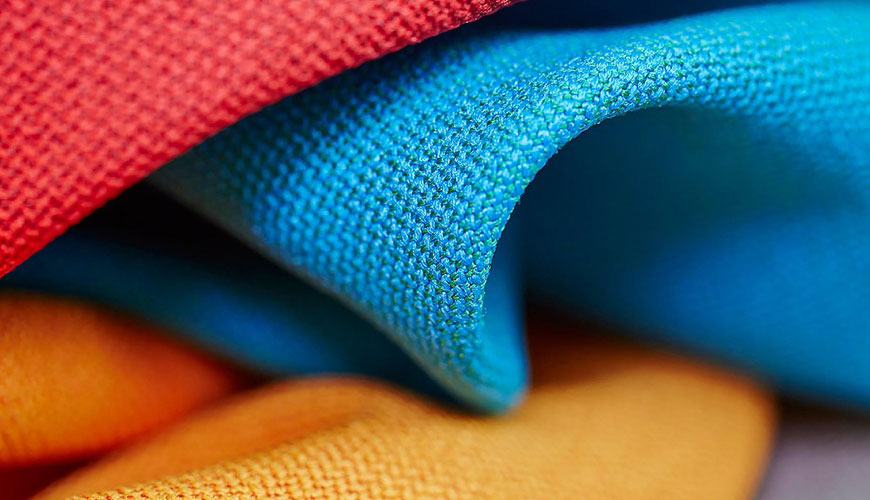

This part of the ISO 18080 standard, developed by the International Organization for Standardization (ISO), specifies a test method using rotary mechanical friction with the measurement of the friction-charged electrostatic potential on umash samples. The test method is suitable for fabrics of any composition and structure that can withstand friction loading.

Some fabrics, such as fabrics of low strength or loose structure, may not physically withstand the mechanical friction used in this test method or may give inaccurate results. In such cases, the test method described in ISO 18080‑1 can be used to evaluate the electrostatic tendency. The test method described may not be suitable for the evaluation of clothing and clothing materials regarding the safety of personnel and the protection of devices sensitive to electrostatic discharge.
Antistatic Tests: The property of a material that reduces its tendency to acquire an electrostatic charge or allows rapid dissipation of electrostatic charges.
Friction Charged Electrostatic Potential: Potential produced on a material by friction with another or the same material obtained as voltage
Conductive: To maintain a conductivity high enough so that potential differences on any part of a material or object are not large enough to be of practical importance, and in general, the resistance of a conductive material is below about 10 to the 5 Ω(ohm), but different standards differ for this term. can define resistance ranges.
In addition to safety hazards and damage or malfunction of sensitive electronic devices and systems covered by other International Standards, electrostatic charging of clothing can cause adhesion problems, irritating shocks, and the attraction of airborne dust and other pollutants.
Precision technology, biotechnology, food, hygiene, etc. In a range of expanding industries involved, clothing designed to prevent airborne dust contamination is required. It is also often desirable to have clothing that does not stick or cause uncomfortable shocks.
Test methods are required to assess the tendency of fabrics used to make garments designed to avoid problems with electrostatic charging. Test methods are specified in a number of National and International Standards, including those published by ISO and IEC. However, measurable electrostatic
The relationship between properties and end-use performance is quite complex and may require a combination of different testing methods depending on the application.
The test method described in this International Standard is one of a number of test methods that can be used to evaluate the electrostatic tendency of textile materials. Precise performance requirements are not given, but guidance on interpretation of results is provided. The qualitative interpretation scheme is based on anecdotal experience in controlling industry retention, nuisance shocks, and attractiveness of particulate pollutants. However, it is provided for guidance only and users of this International Standard are advised to check its validity for their own application.
This test method simulates the electrostatic charge typically experienced under wear conditions. Standard scouring pads and mechanical conditions were selected from long experience.
Among the services provided by our organization within the framework of material testing services, there are also ISO 18080-2 standard tests.
To get an appointment, to get more detailed information or to request an evaluation, you can ask us to fill in our form and reach you.